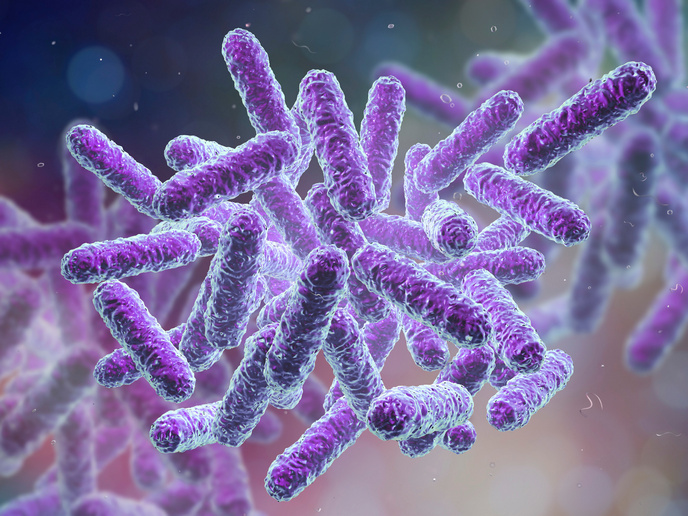What can bacteria from sub-zero environments teach us?
In all climates and ecosystems, plants are associated with a diverse range of microbes. Although arctic microbiology has identified communities of bacteria that adapt to low temperatures, there exists a gap in research on microbial diversity in cold climates as related to endophytic bacteria of arctic plants. The implications of this lack of knowledge are considerable considering that arctic microbiota have potential for sustainable agricultural, industrial and pharmaceutical applications. Reported beneficial traits of endophytic bacteria, which inhabit the internal plant tissues, include nutrient mobilisation, growth stimulation, detoxification of pollutants and biocontrol of plant pathogens. The 'Diversity and beneficial properties of bacterial endophytes of arctic plants' (Arctic endophytes) project thus set out to explore the diversity of endophytic bacteria arctic plant species. The EU-funded research team was also interested in determining the traits of endophytic bacteria with regard to their potential ecological role and value in application. Project partners characterised the taxonomic and functional diversity of endobacterial flora of three arcto-alpine plant species in north-western Scandinavia. They isolated endobacterial flora from plant samples collected from three sites and analysed endophyte community diversity and the functional diversity of cultureable endobacteria. The various techniques used included cultivation, DNA-based methods and activity assays. Analyses of more than 350 bacterial endophyte isolates and other investigations revealed a high diversity of bacteria living in association with arctic plant species. Various bacterial groups were discovered to be closely associated with specific plant species, and determined to be virtually absent from others. Another finding was that the bacterial strain Sphigomonas sp. showed divergent metabolic profiles from different plant hosts. Arctic endophytes represents the first comprehensive study on endobacterial diversity in the Arctic; on the strength of its findings, the researchers will continue their work and expand its scope beyond the duration of the project.







